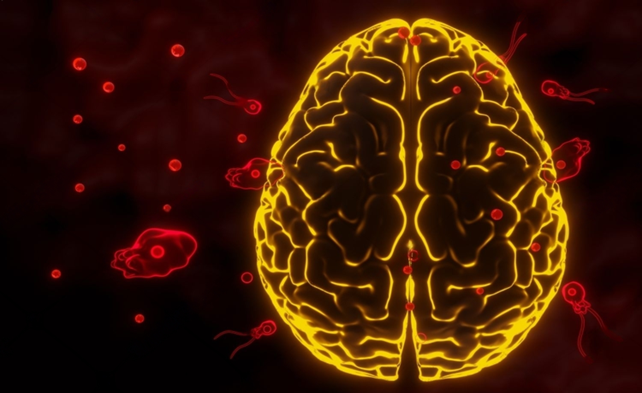Introduction
In the realm of neurosurgery, craniectomy is vital to counter severe brain injuries. As an alternative to medical and direct surgical methods, craniectomy involves removing a part of the skull and opening the dura to alleviate dangerous intracranial pressure. It emerges as a lifeline for patients with traumatic brain injuries and extreme swelling, offering hope when life is endangered.1 Primarily used in cases of significant brain bleeding or swelling, craniectomy prevents brain compression and potential death, presenting a crucial intervention for dire brain injury scenarios.2,3,4,5
The Surgical Procedure3

- Expertise and Sequence: The craniectomy procedure is a carefully planned process performed by a skilled neurosurgeon. It involves a precise sequence of steps to access the brain and address underlying issues.
- Skull Removal: The surgeon begins by meticulously removing a portion of the skull using specialized tools like drills. Precise holes are created in the head to serve as anchor points for the subsequent removal of a designated skull segment.
- Addressing the Issue: Once the skull segment is removed, the surgeon addresses the underlying issue that necessitated the craniectomy in the first place, such as relieving pressure on the brain.
- Closure and Protection: The surgical site is meticulously closed after addressing the primary concern. A mesh material is placed over the exposed skull to protect the brain and promote optimal healing.
- Anatomical Restoration: The surgeon carefully repositions skin tissue and muscles to restore the anatomical structure. The skin incision is closed using staples or sutures, facilitating healing and minimizing infection risk.
Advancements in Craniectomy: A Glimpse into the Modern Landscape

Recent advances in craniectomy have expanded its effectiveness and patient care. Integrating cutting-edge imaging like intraoperative MRI has enabled surgeons to make precise decisions in real-time, improving outcomes and post-recovery quality of life, combining surgical skills with technological innovation for better results.
Post-Procedure Recovery and Considerations4,5
Recovering from a craniectomy is a complex journey requiring meticulous attention and collaboration between the medical team and the patient.
- Open dialogue between patients, families, and the medical team is essential for understanding subsequent treatment steps and recovery trajectories.
- Patients and families should actively discuss treatment plans due to the seriousness of the surgical intervention.
- In some cases, patients might need to wear a specially designed helmet to protect the vulnerable head area during recovery.
- The helmet is a precaution to prevent further injury while the body heals.
- Recovery from brain surgery is not a linear process; patience and adherence to medical guidance are crucial.
Balancing Success and Risks5
- Craniectomy’s Vital Role: Craniectomies are vital in averting devastating brain damage post-trauma, frequently catalyzing transformative changes in patients’ lives. Its commendable success rate highlights its pivotal role as a potentially lifesaving intervention.
- Inherent Risks Acknowledged: Despite its merits, craniectomies entail inherent risks akin to any medical procedure. The gravity of conditions necessitating this intervention amplifies these risks, underlining the importance of careful consideration.
- Informed Decision-Making: Potential complications, including infection, bleeding, and seizures, warrant transparent communication with patients and families. Empowering them with this knowledge enables collaborative and informed decision-making, ensuring the best possible outcome in partnership with the medical team.
Conclusion
The craniectomy procedure symbolizes hope in neurosurgery, providing a lifeline for individuals facing critical brain injuries. This complex technique highlights the capability of medical innovation to address dire situations, encompassing medical expertise and empathy. Through careful consideration, collaboration, and unwavering dedication, medical professionals continue to redefine the boundaries of possibility and resilience.
References
- Head Injury. [Cited: August 14, 2023]. Available from: https://www.sciencedirect.com/topics/medicine-and-dentistry/craniectomy
- Craniectomy. [Cited: August 14, 2023]. Available from: https://www.urmc.rochester.edu/neurosurgery/services/traumatic-brain-injury/craniectomy.aspx
- Craniectomy. [Cited: August 16, 2023]. Available from: https://my.clevelandclinic.org/health/treatments/24901-craniectomy
- What Is Craniectomy Surgery? [Cited: August 16, 2023]. Available from: https://www.verywellhealth.com/craniotomy-vs-craniectomy-3157265
- What Is a Craniectomy? [Cited: August 16, 2023]. Available from: https://www.healthline.com/health/craniectomy



